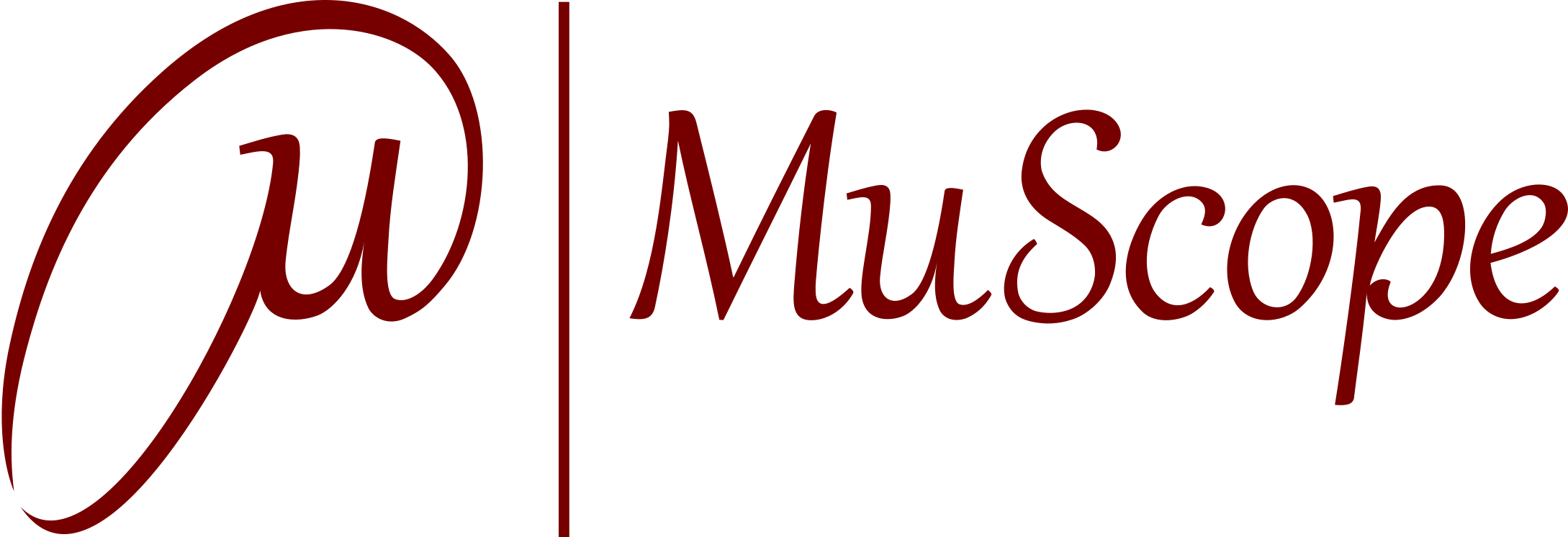All in one
- 3D-Measurements
- Porosity and inclusion analysis
- Fiber analysis
- Target actual comparison
- Mechanical troubleshooting
- Wall thickness analysis
Advantages
CT based data aquisition saves time by crossing standard processes. Troubleshooting of invisible situations get simple because of excellent visualisation possibilitys. Converted data can be used in third party tools.
Our services
All on this page described processes can be ordered as service at MuScope. Furthermore we provide consulting and coaching about the needed soft- and hardware.




